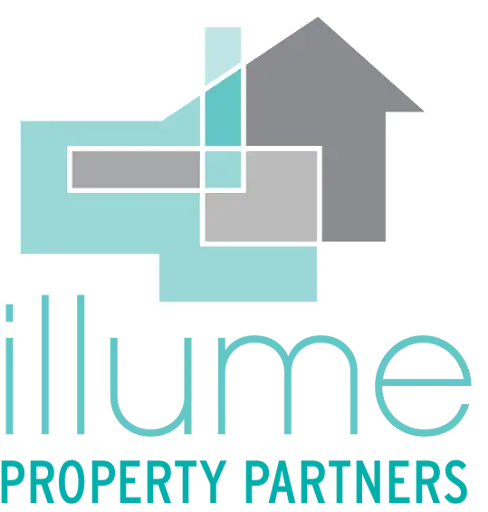Buying your first home is an exciting milestone, but once you’ve unpacked your boxes and settled in, the real fun begins—remodeling! It’s easy to get carried away with endless ideas, but making smart choices early on can save you time, money, and stress in the long run. Whether you want to personalize your space or increase its value, knowing how to prioritize projects based on your budget and goals is key. Here’s a guide to help you tackle your home remodel like a pro.
Start with What Matters Most
Before you start tearing down walls or picking out paint colors, take a step back and assess your home’s needs. What areas affect your daily life? Are the kitchen and bathrooms outdated or just not functional? It’s easy to get distracted by cosmetic changes, but remodeling spaces that directly improve how you live is a good place to start.
For example, the kitchen is often the heart of the home, and a kitchen remodel can significantly improve both your enjoyment and the value of the house. It’s one of the top projects that recoup the most value when you sell. According to HomeAdvisor, kitchen remodels typically see an ROI of around 81%. Bathrooms are another area where a little investment can go a long way in both function and value.
Additionally, think about your lifestyle. Do you need more storage space? A home office? These types of changes might not make a huge splash in terms of resale, but they’ll make a big difference in how comfortable your home is for you. When in doubt, prioritize functionality over flashy renovations that don’t offer much practical benefit.
Set a Realistic Budget
It’s easy to fall into the trap of thinking remodeling will be cheaper than it actually is. The reality is that major projects like kitchens or bathrooms can cost thousands of dollars. On average, a kitchen remodel can range from $12,000 to $35,000, depending on the scale of the work. Bathroom remodels are a bit less expensive but still require a solid budget—expect to spend anywhere from $6,000 to $15,000. So, what’s a first-time homebuyer to do?
Start by setting a budget you’re comfortable with. Factor in costs for materials, labor, and any permits you might need. It's also a smart idea to set aside an additional 10-20% of your budget for unexpected costs. Remodels rarely go perfectly, so having a cushion for those surprise expenses can keep you from stressing when things don’t go as planned.
If you’re not able to remodel everything at once, that’s okay! Break your projects into phases, and tackle the high-impact areas first. That way, you can enjoy the results sooner without overwhelming your finances.
Think Long-Term
When remodeling your first home, it’s important to consider your long-term goals. Are you planning to stay in this home for many years, or do you think you’ll sell within a few? If you’re in it for the long haul, you can splurge a little more on quality materials and designs that will last. On the flip side, if you’re planning to sell within the next 3-5 years, focus on high-return areas that will help increase the home’s value, like kitchens and bathrooms.
Speaking of return on investment, did you know that some home renovations can increase your home’s value by more than 10%? Remodeling your kitchen or adding a fresh coat of paint to the exterior are great ways to make your home more marketable when it’s time to sell. Keep in mind that not all remodels offer equal value in resale, so it’s worth doing some research on which updates will provide the best return on your investment.
DIY or Call in the Pros?
One of the biggest decisions first-time homeowners face is whether to take on projects themselves or hire professionals. If you’re handy, there are definitely smaller tasks you can DIY, like painting walls, replacing light fixtures, or installing new hardware. DIY projects are a great way to save money and get creative, but they can also be time-consuming and require a certain level of skill. Don’t hesitate to call in the pros when it comes to major projects like electrical or plumbing work, which need to be done correctly (and up to code).
If you’re not sure where to start, it’s never a bad idea to consult a contractor or home designer. They can help bring your vision to life and give you an idea of what’s realistic for your budget and timeline. Even just a few hours of professional guidance can save you from making costly mistakes down the road.
Remodeling Made Simple
Remodeling your first home doesn’t need to be overwhelming. By starting with the essentials, setting a realistic budget, and thinking about your long-term goals, you can make thoughtful choices that improve your space without breaking the bank. Take it one step at a time—there’s no rush to get everything perfect all at once. With some careful planning, you’ll transform your house into the home of your dreams, one project at a time.
Find out more about rental news, managing rental properties, and find helpful advice on maintaining your rental investments with illume Property Partners.


.png)